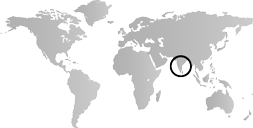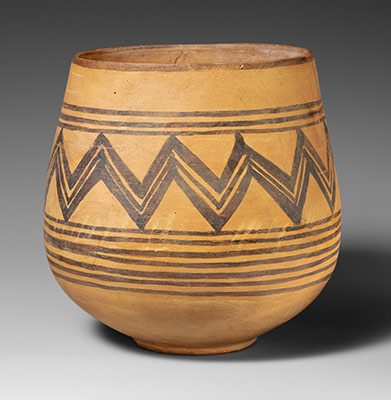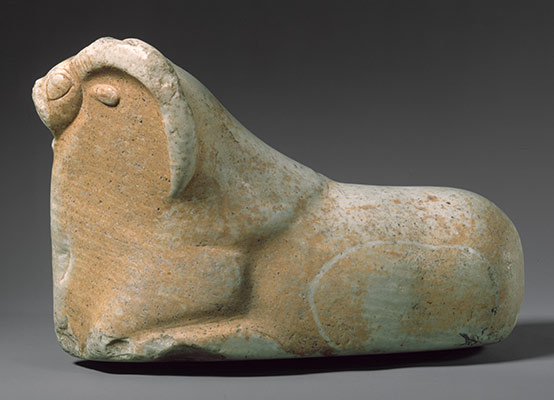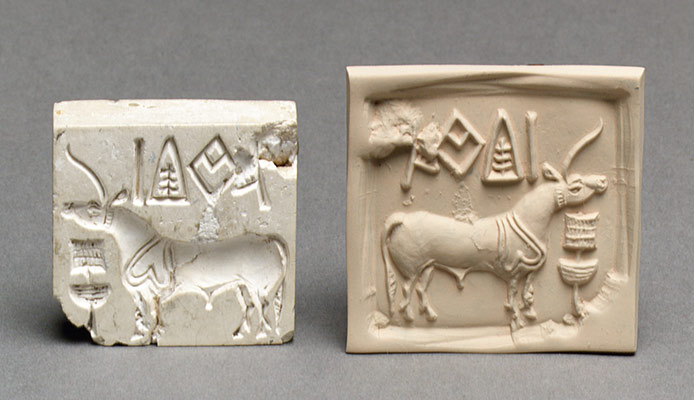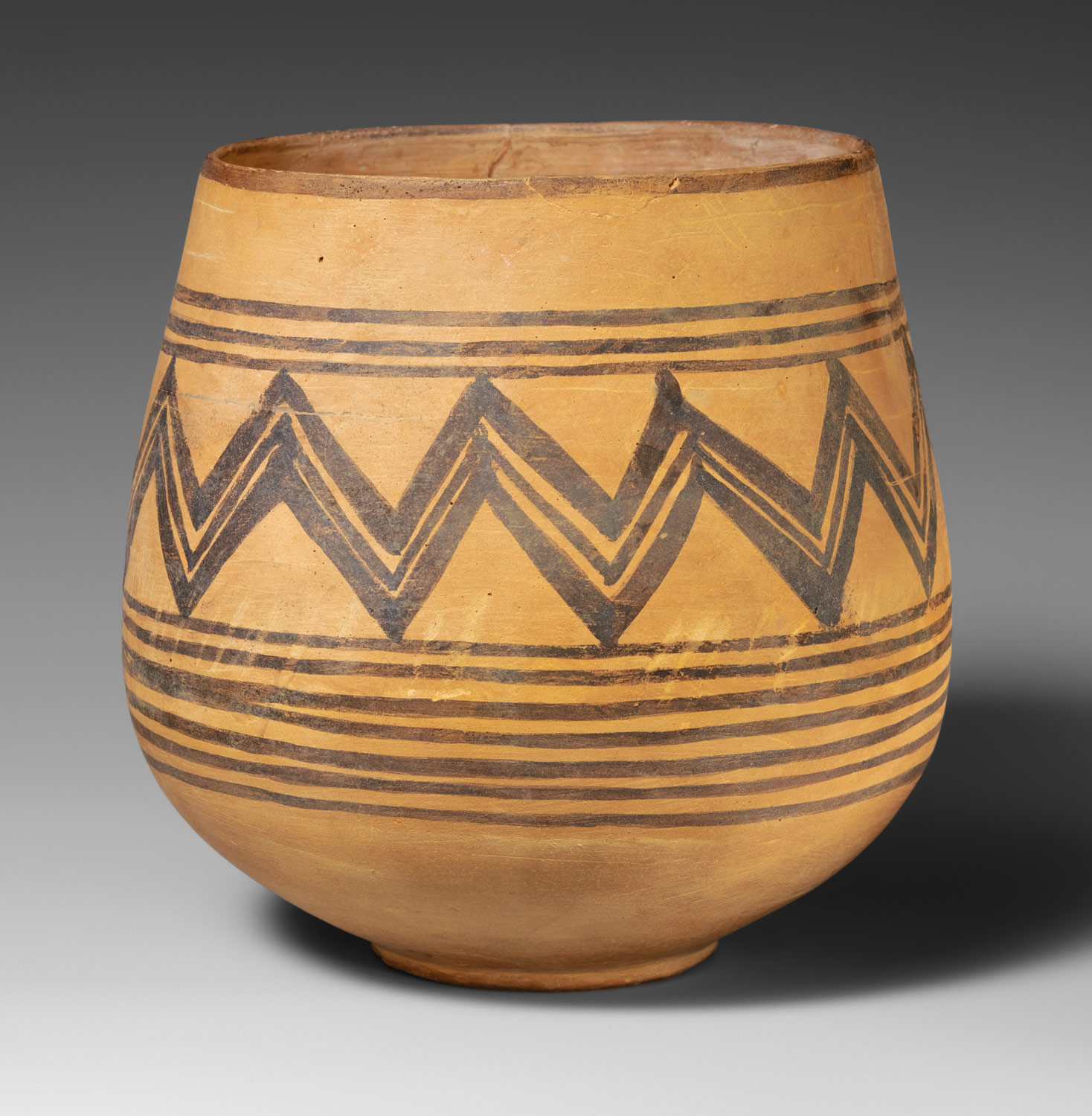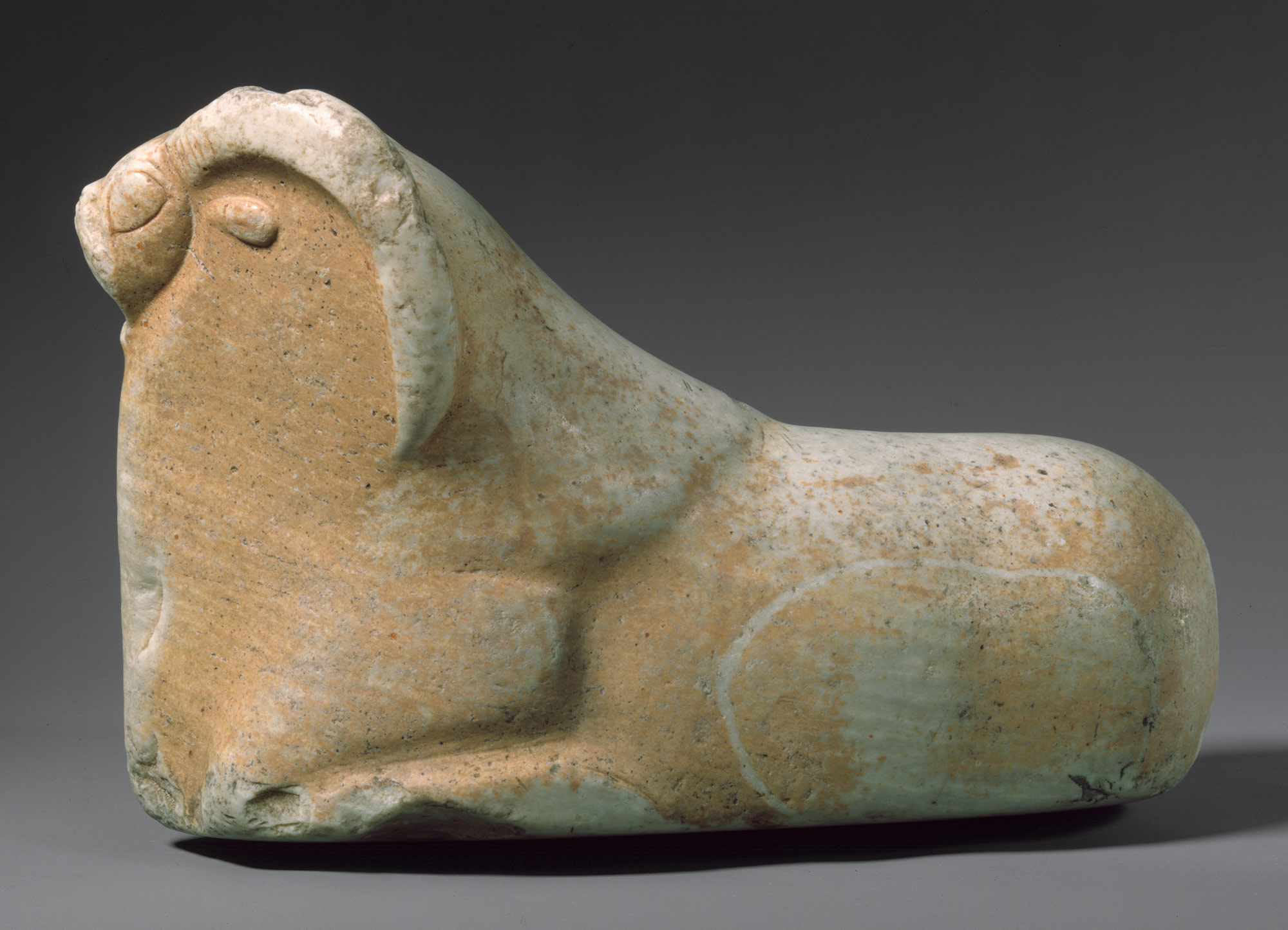As the culture of the great Indus Valley civilization declines, new languages and cultural orientations are introduced into South Asia by people migrating from the northwest. Settling in the Gangetic Plain, the so-called Aryans interact with indigenous cultures, and their language, Sanskrit, eventually dominates. Beginning around 1500 B.C., the Vedas, hymns in Sanskrit that comprise the earliest Hindu writings, are composed. Settlements also begin to flourish in central and southern India. Ironworking develops in the north around 1300 B.C. and by 1000 B.C. in the south.
South Asia, 2000–1000 B.C.
Timeline
2000 B.C.
1750 B.C.
NORTH
SOUTH
1750 B.C.
1500 B.C.
NORTH
SOUTH
1500 B.C.
1250 B.C.
NORTH
SOUTH
1250 B.C.
1000 B.C.
NORTH
SOUTH
Overview
Key Events
-
ca. 1900–1300 B.C.
The “Late Harappan” period is characterized by the breakdown of the previously integrated culture of the Indus Valley region into small, localized groups. This period coincides with the development and spread of the Indo-Gangetic tradition, from circa 1900 to 800 B.C., characterized by the spread of Indo-Aryan languages, the proliferation of settlements across the Gangetic Plain, and the increasing use of iron and the horse.
-
ca. 1500 B.C.
People of the Indo-European language family, commonly referred to today as Aryans (literally, “noble”), migrate into northern modern-day India across the Hindu Kush mountains in the northwest. Aryan culture and the language associated with it, Sanskrit, become prominent in interaction with the indigenous culture. Painted grayware, the material remains most commonly associated with Indo-Aryan language and cultural groups, is extant from circa 1200 to 800 B.C.
-
ca. 1500 B.C.
Remains of village life in regions of Central India and the Deccan date from approximately the middle of the millennium, and are followed by further settlements in regions to the south. Various types of pottery are associated with these early cultures, including a combed-pattern type that seems to have affinities with pre-Harappan traditions in the northwest. Cultures are characterized by the use of stone and copper until the advent of iron use in central regions in the middle of the next millennium.
-
ca. 1500 B.C. onward
The Vedas—collections (samhita) of sacred hymns in Sanskrit—are composed and transmitted orally. Used by Brahmin priests during ritual and sacrificial ceremonies, these texts represent the primary extant evidence about the culture of the period.
-
ca. 1300–1200 B.C.
The earliest evidence of ironworking has been found at the center of the developing Indo-Gangetic culture, near present-day New Delhi and Mathura.
Citation
“South Asia, 2000–1000 B.C.” In Heilbrunn Timeline of Art History. New York: The Metropolitan Museum of Art, 2000–. http://www.metmuseum.org/toah/ht/?period=03®ion=ssa (October 2000)
Related
Map
